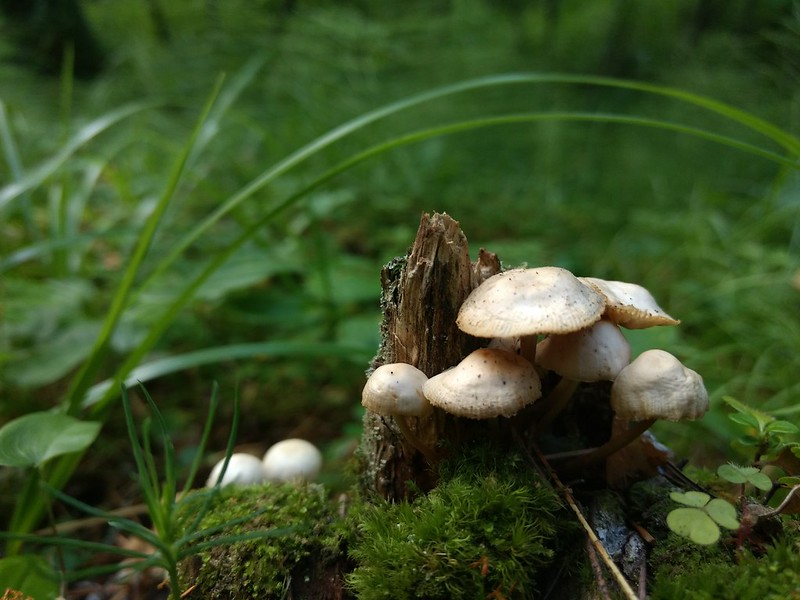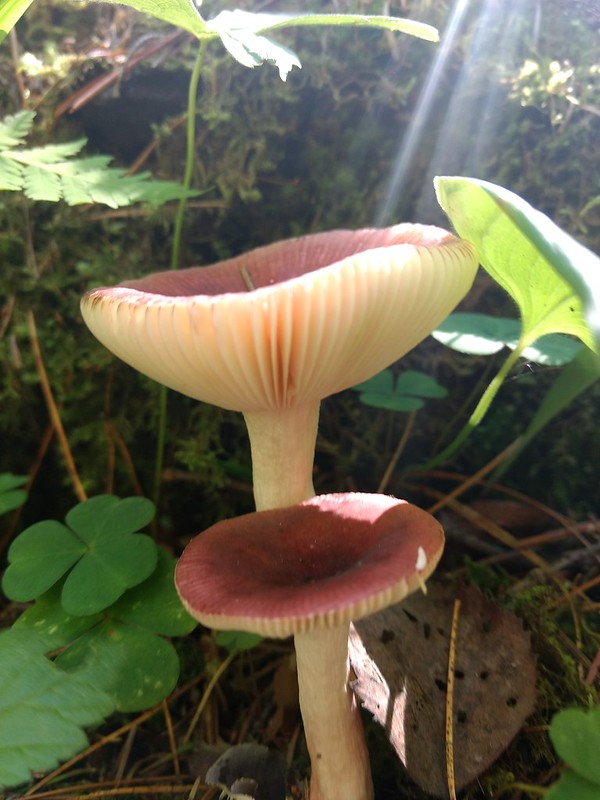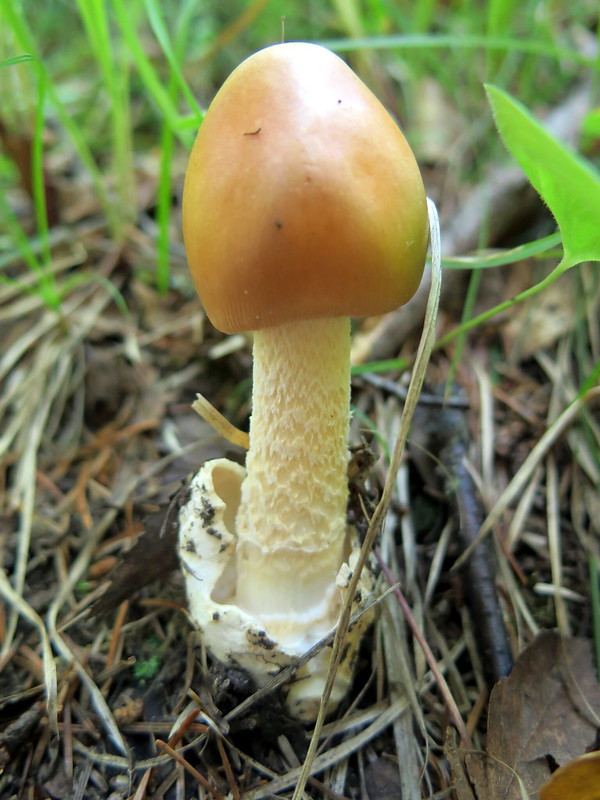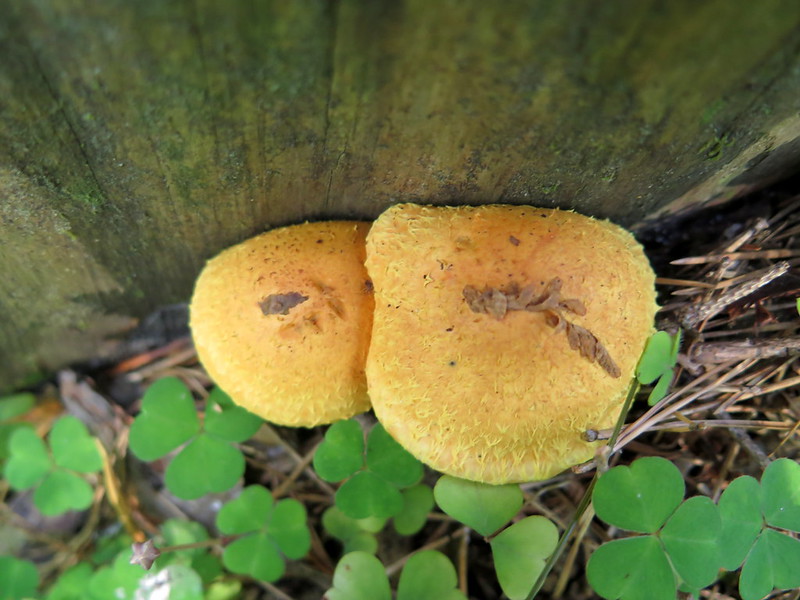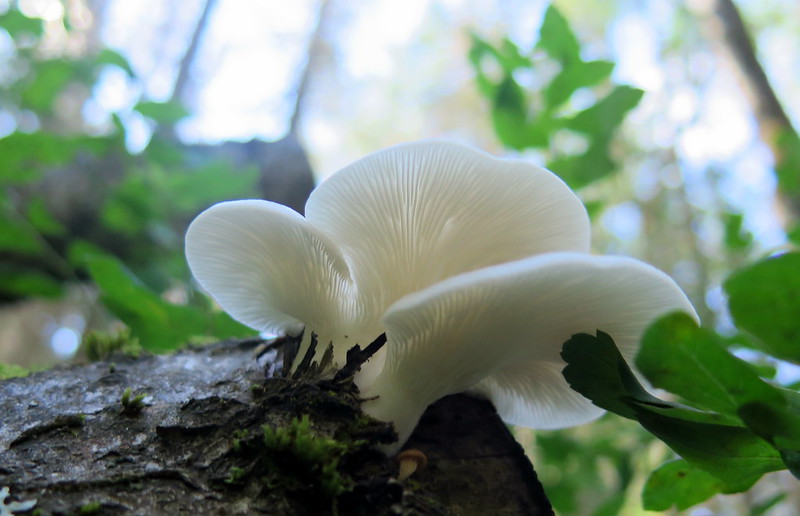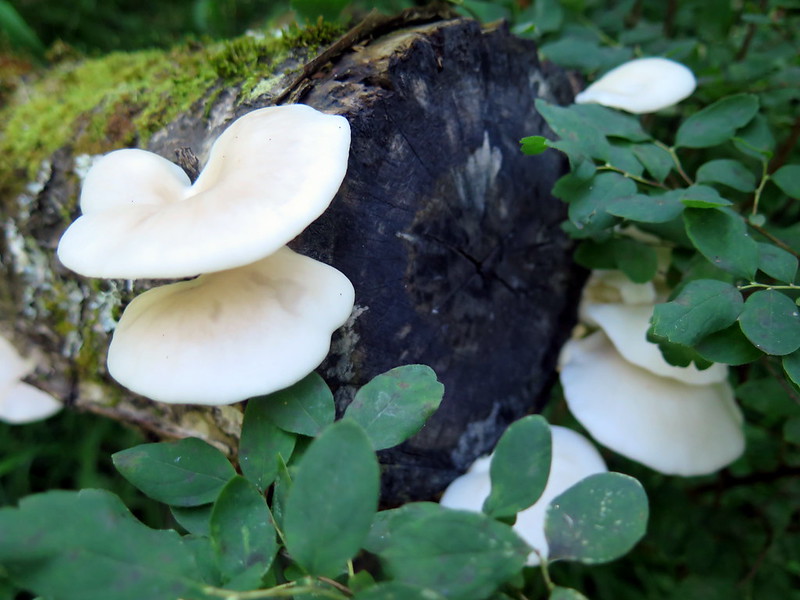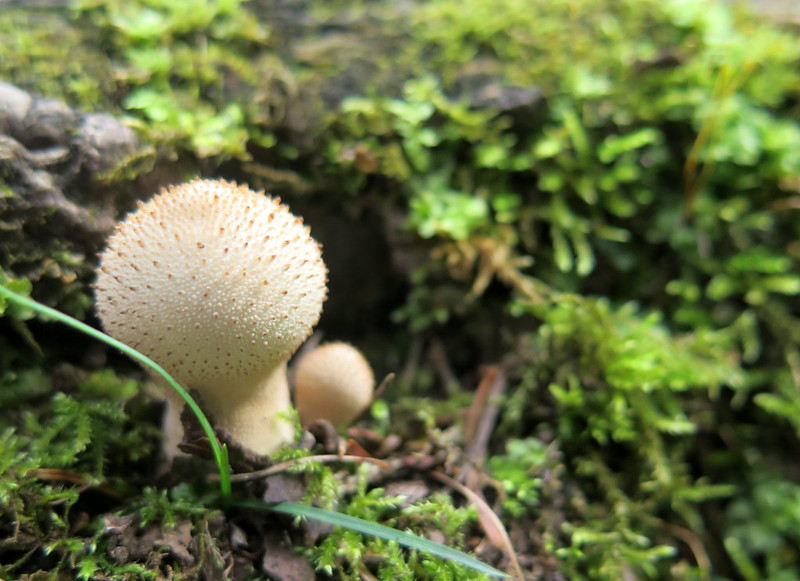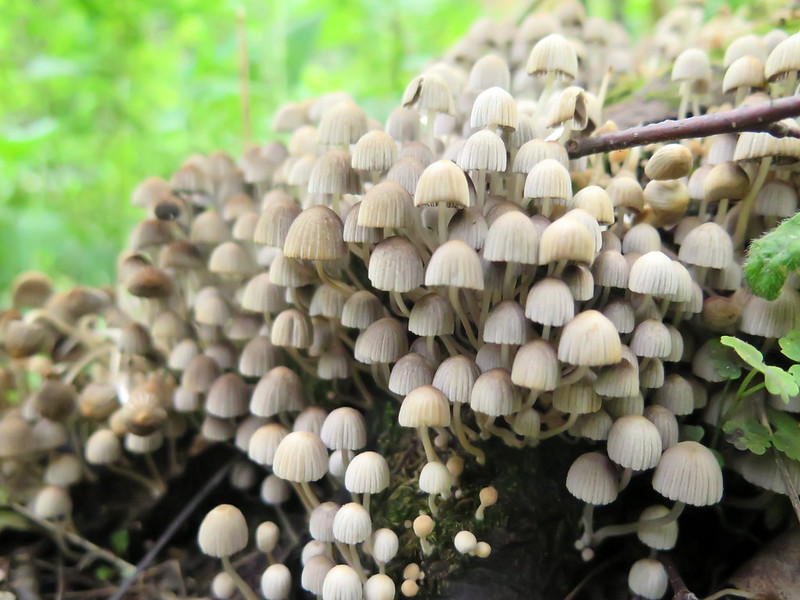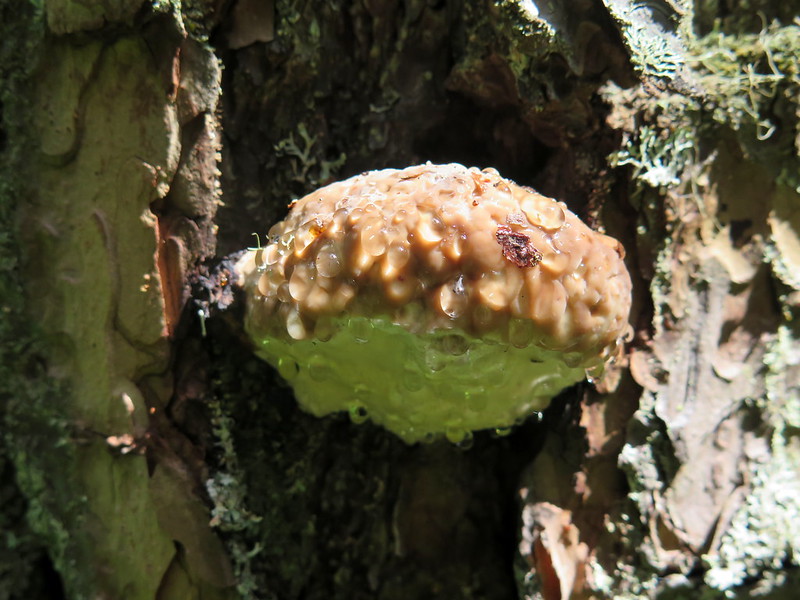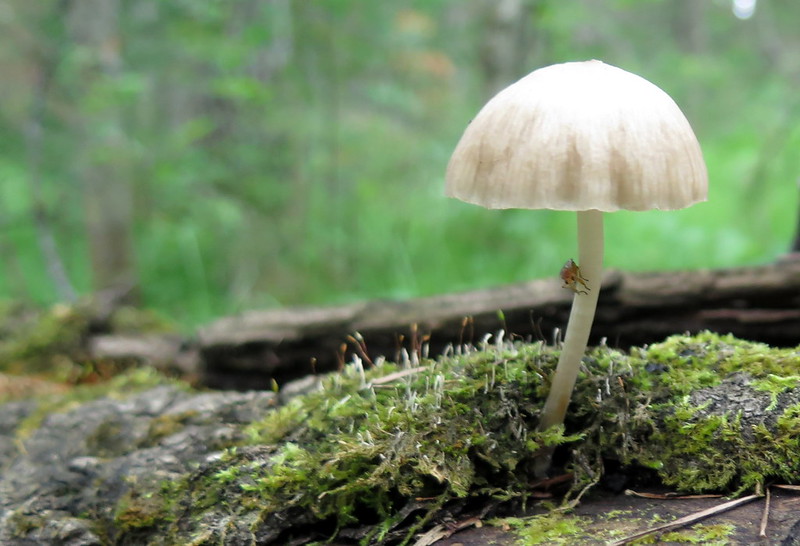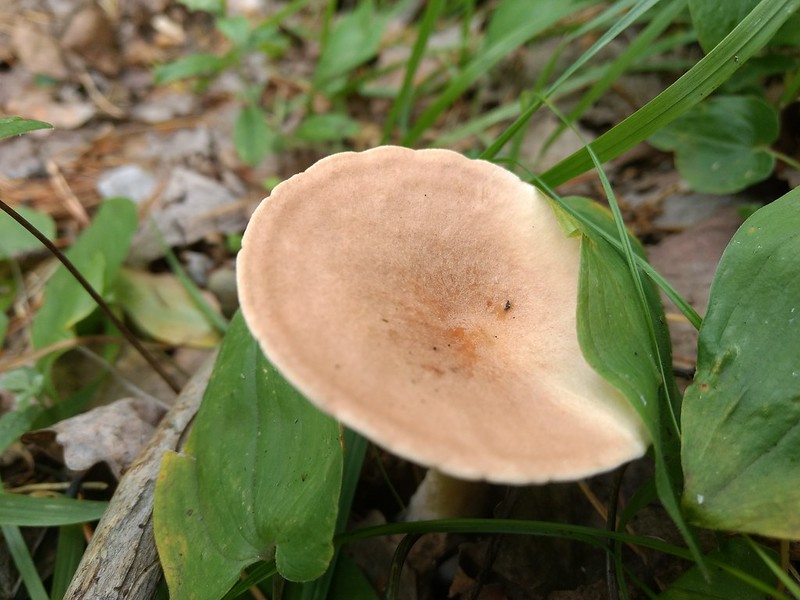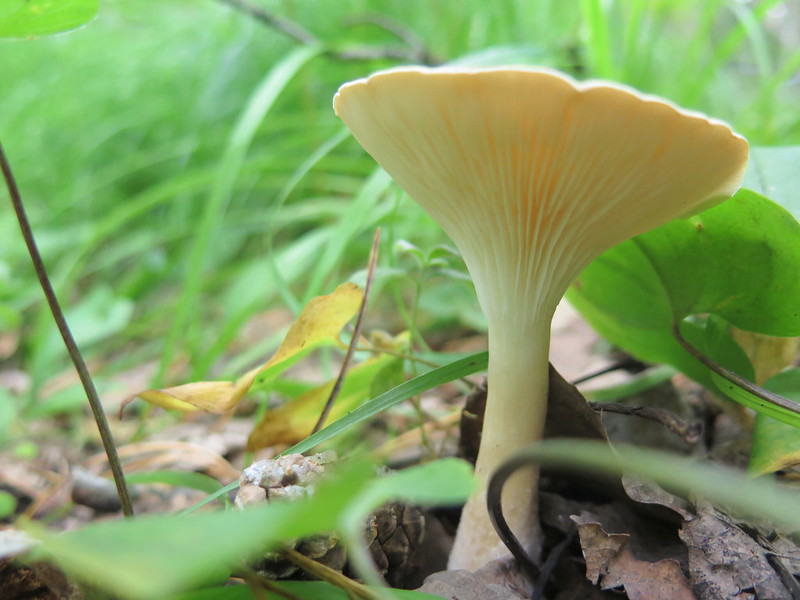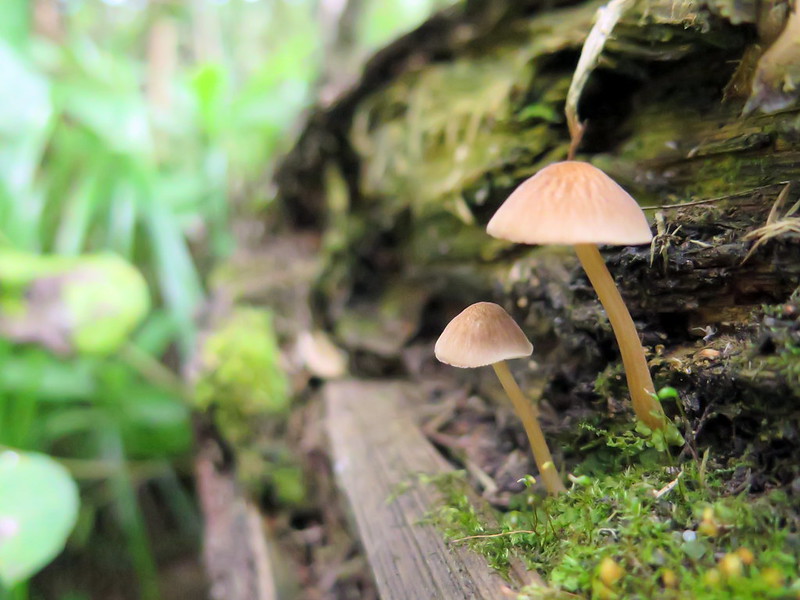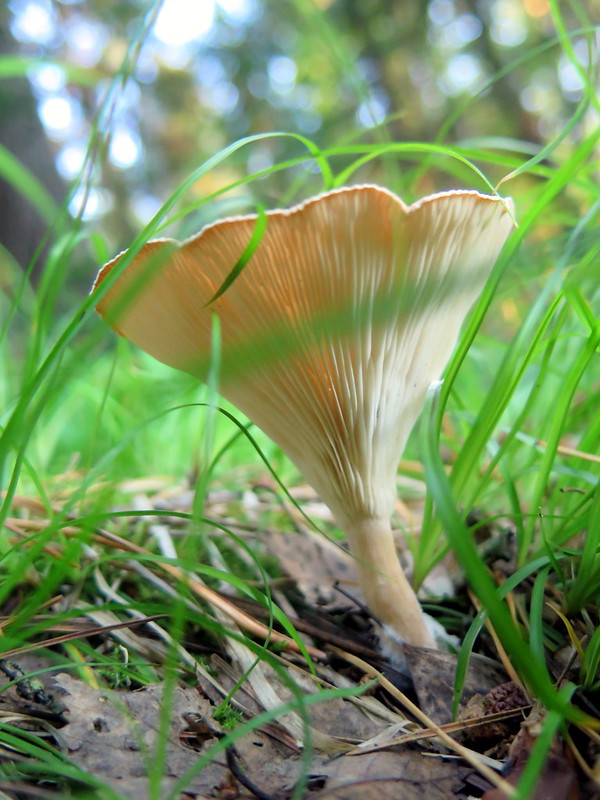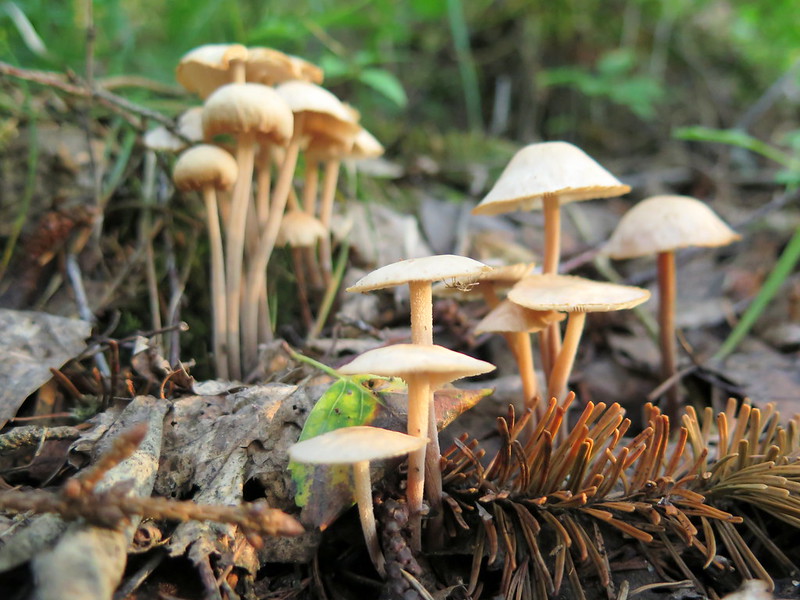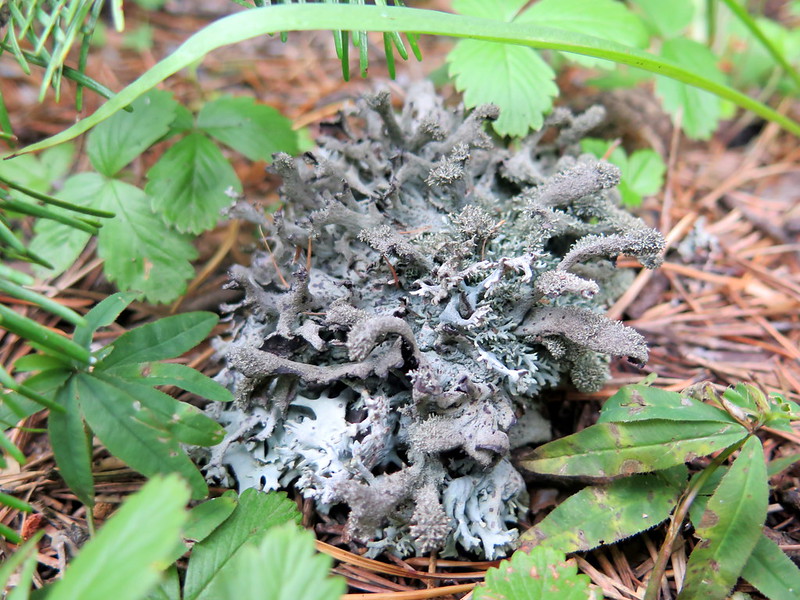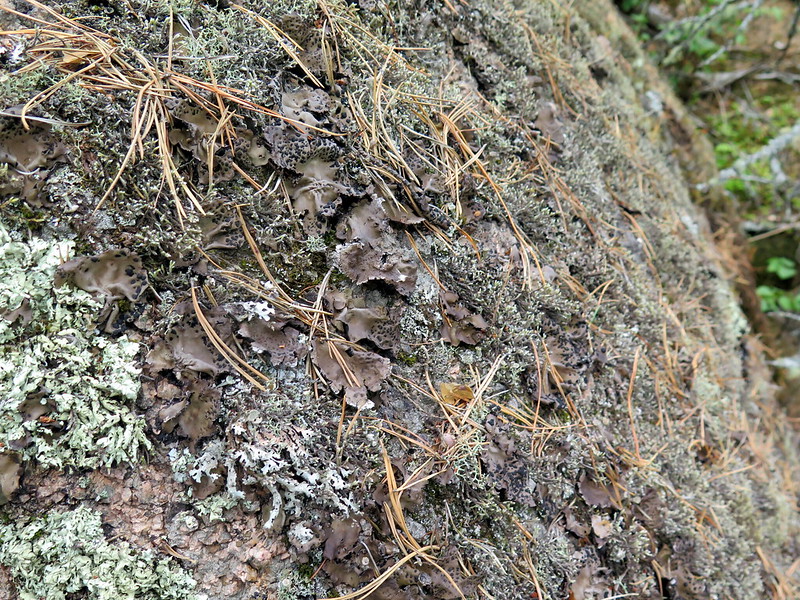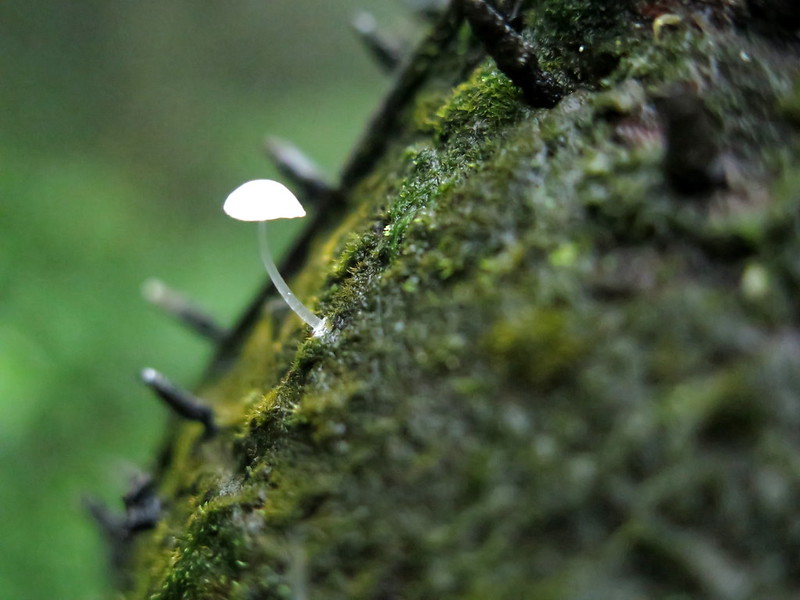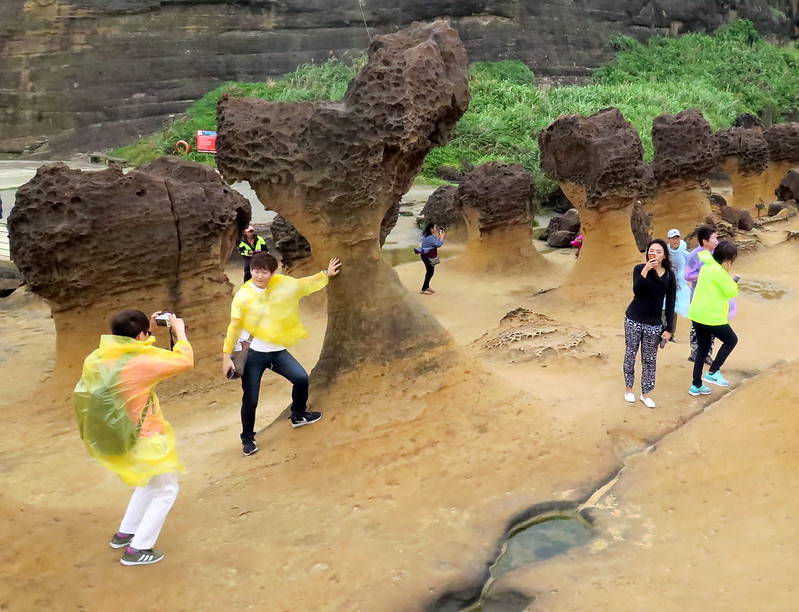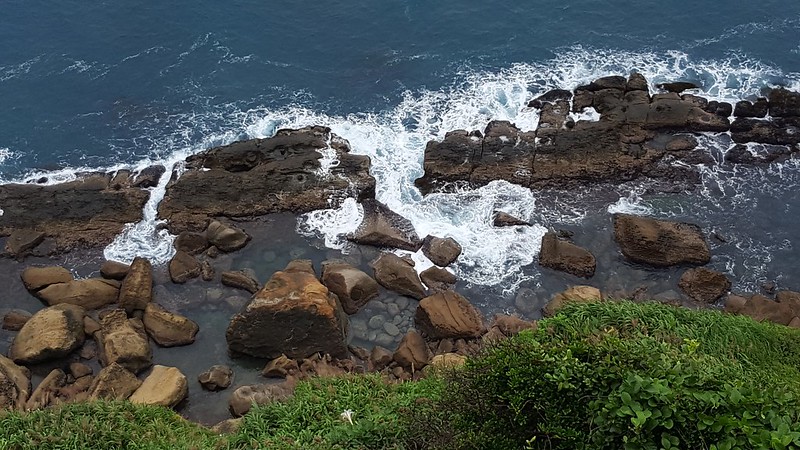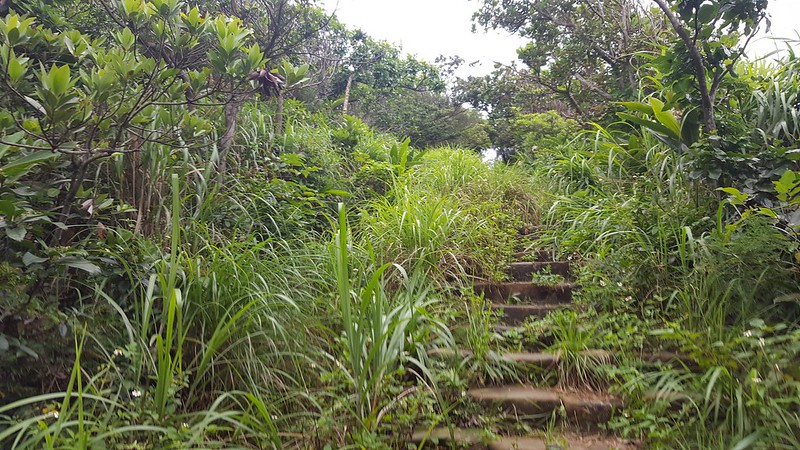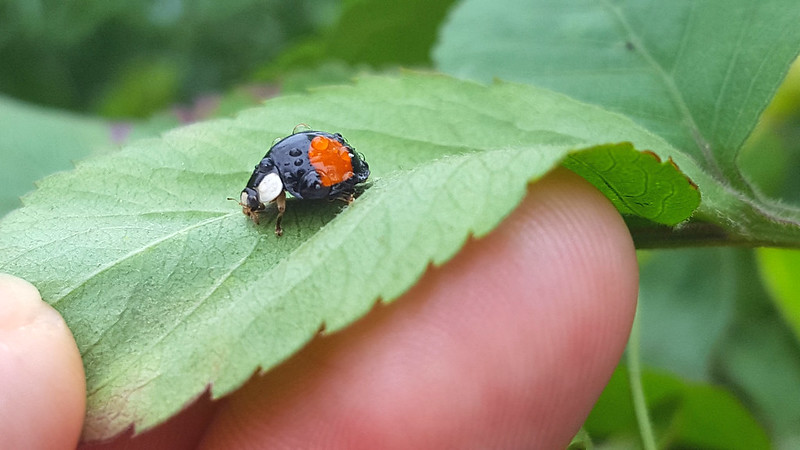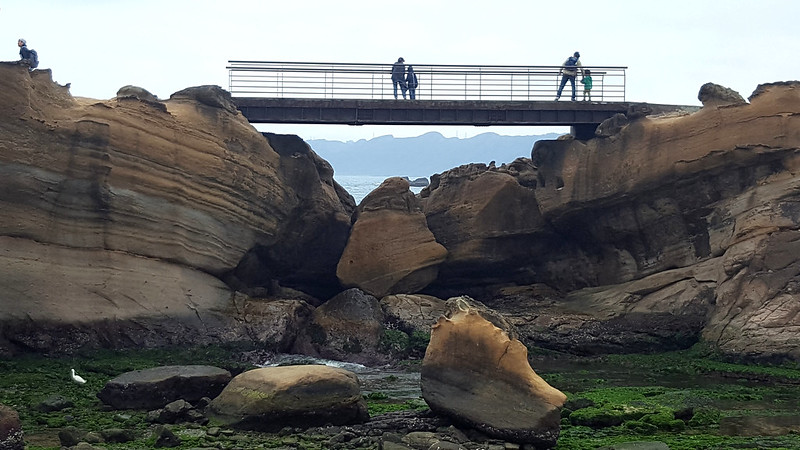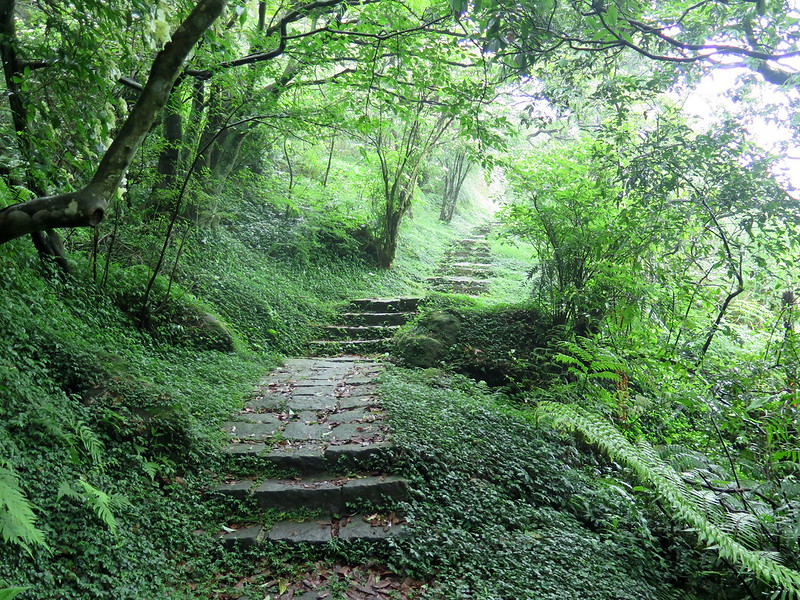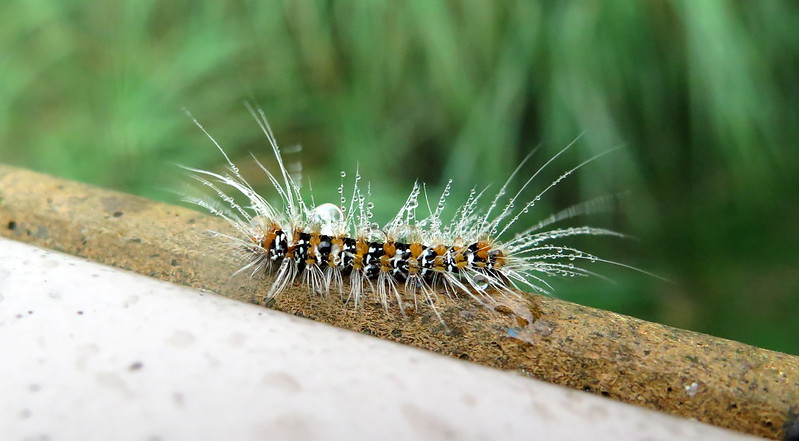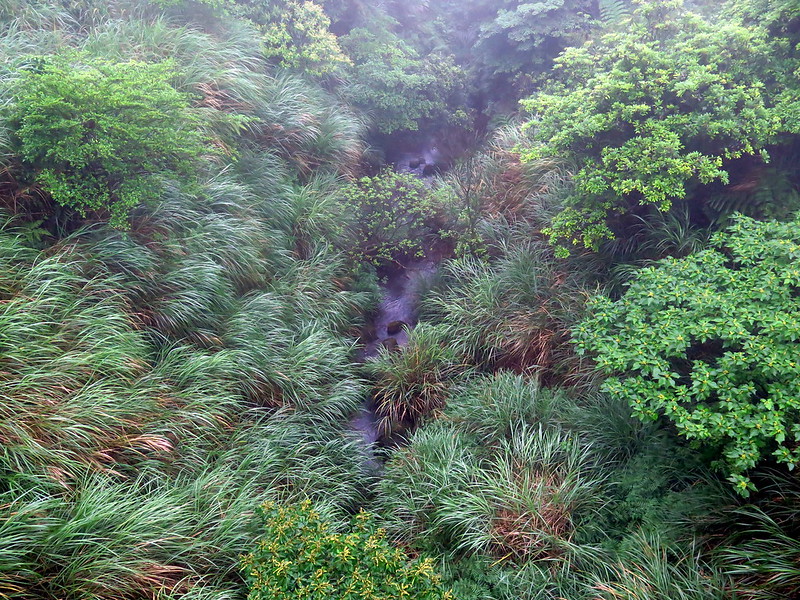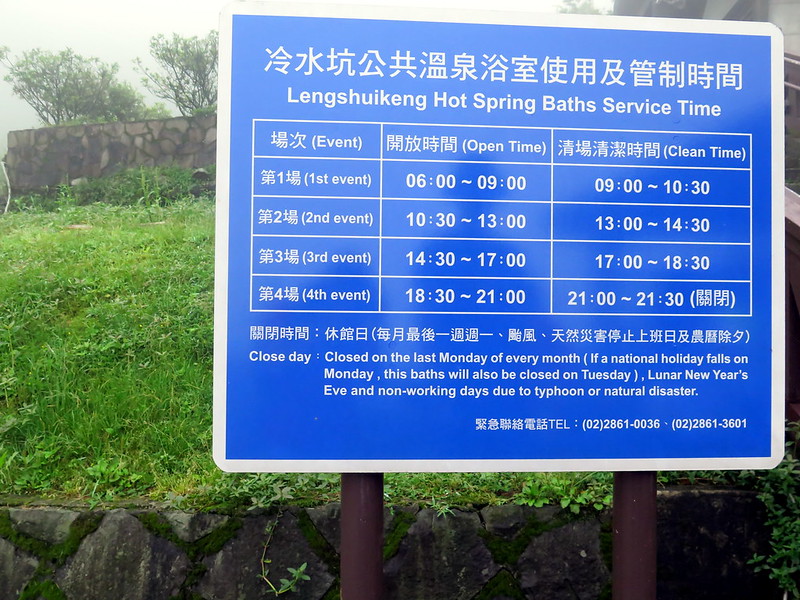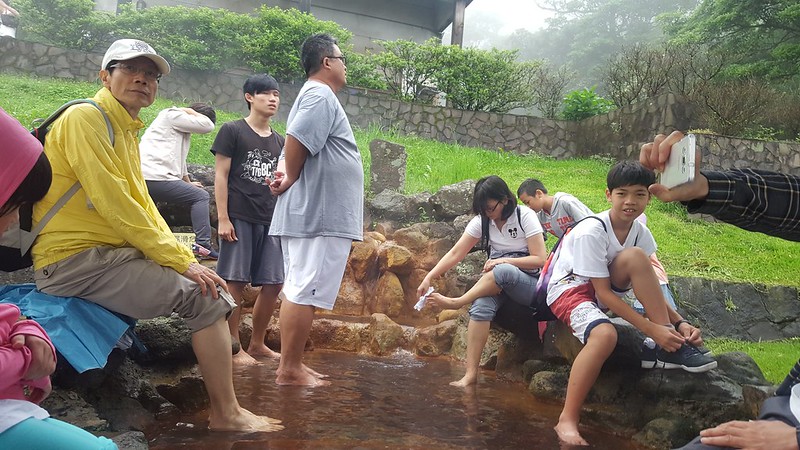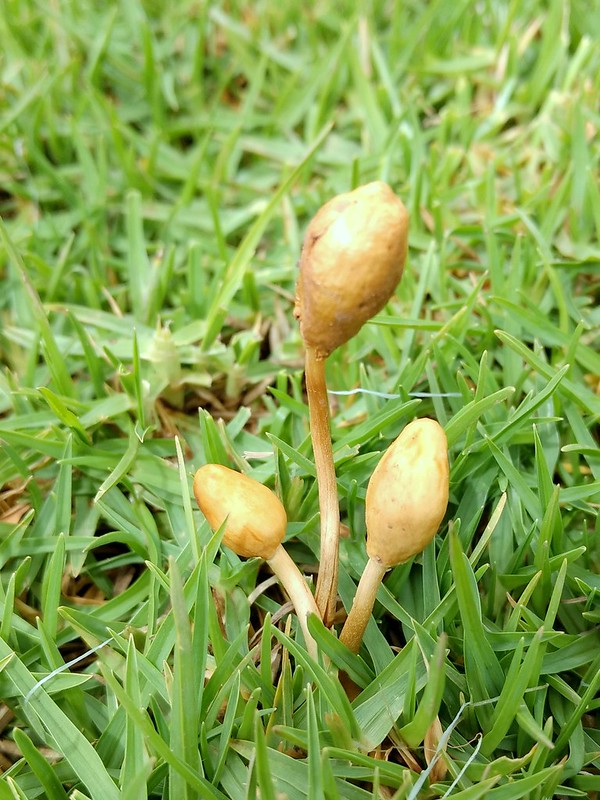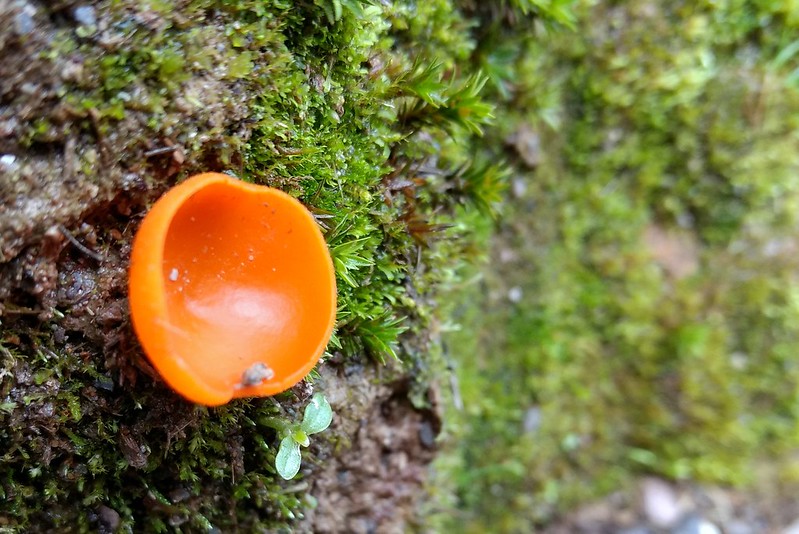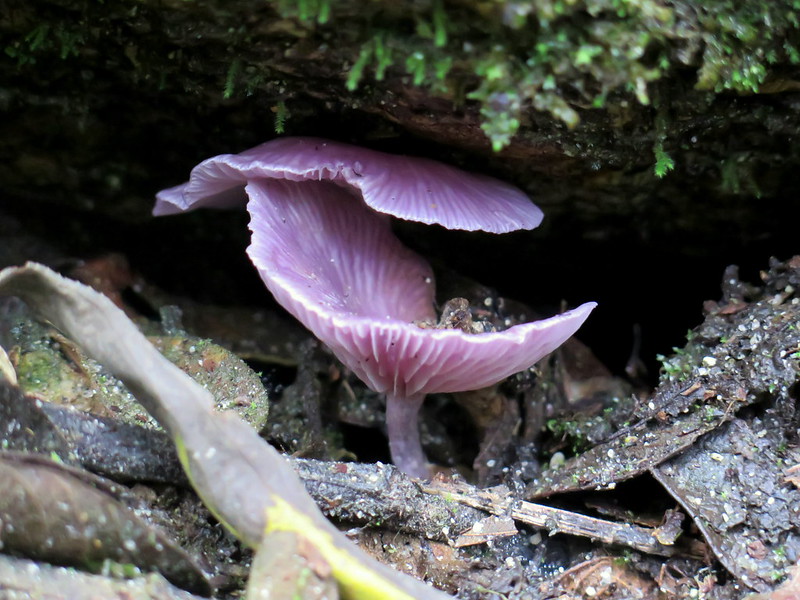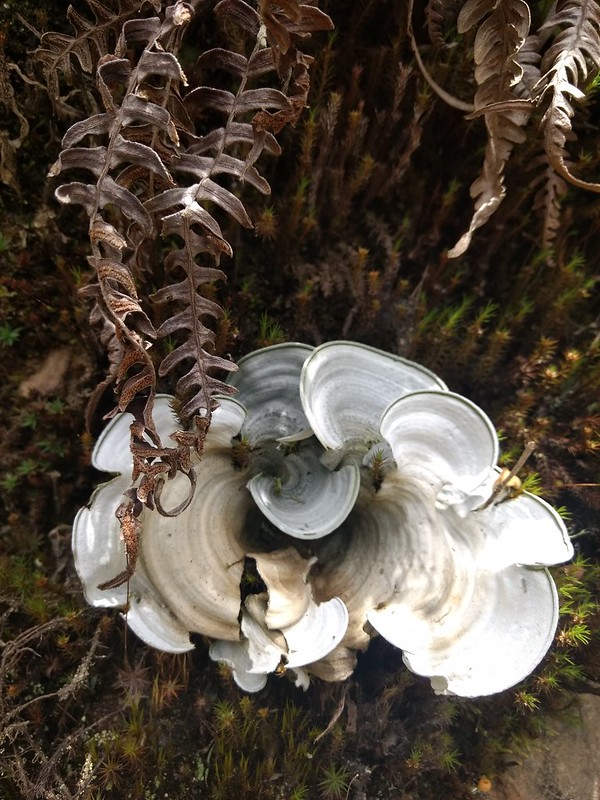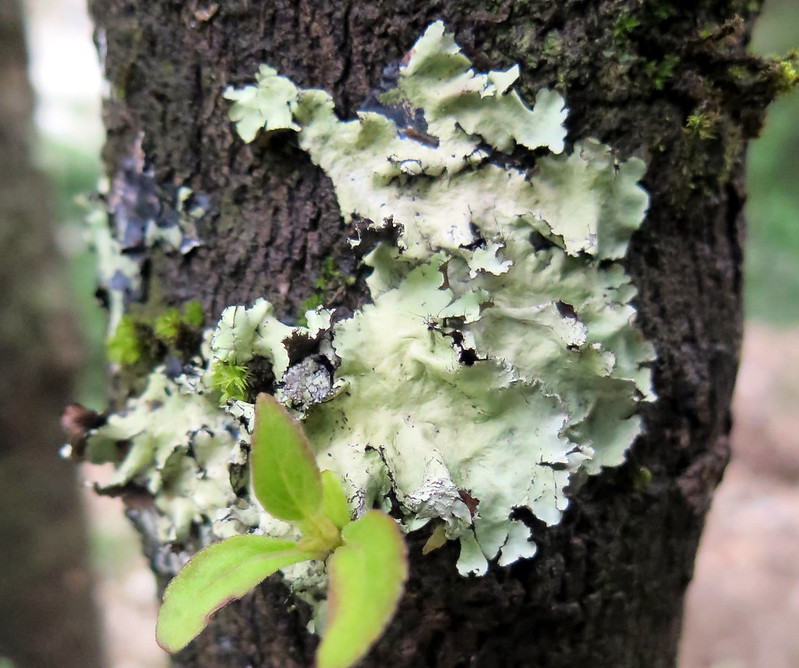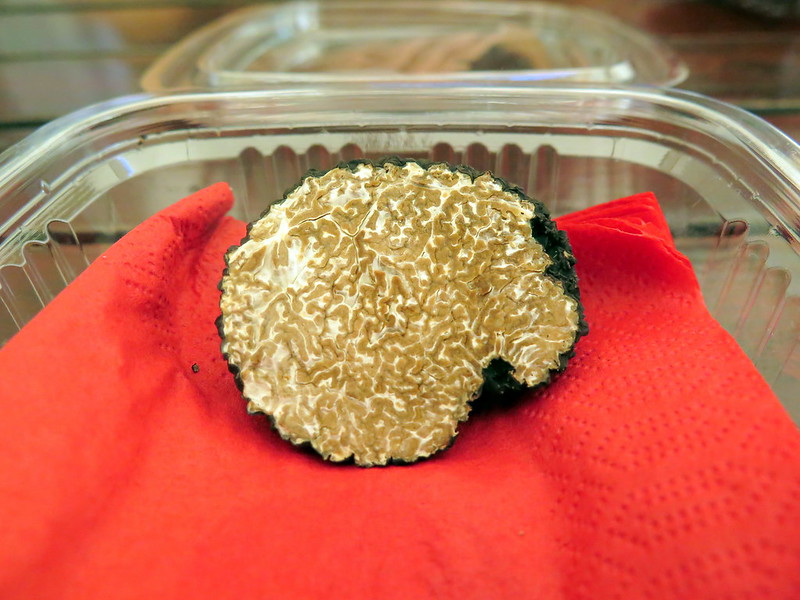
If you couldn’t already tell from the mushroom foraging adventure in Australia and the hundreds of mushroom photos on this blog, I love fungi. They’re an underappreciated group, which is unfair because some of them taste delicious. But you could spend all day trying to convince people to eat shaggy manes and wine caps from their backyards and get nowhere*.
Not so with the truffle, the beloved subterranean nugget prized for its rich, heavenly flavor that now appears in everything from fries to honey in our most upscale restaurants. We shave tiny flakes of it into pastas, buy real and imitation extracts, and ogle tiny chunks of the fresh stuff protected in temperature- and humidity-controlled glass cases in only the finest of gourmet grocers. If there is royalty in the mushroom culinary world, the truffle is king.
And now we’re getting a lesson in hunting them here in Prague! This is all thanks my amazing friend and mentor Zoë, who gifted Stoytcho and I a truffle-hunting lesson with the man who supplies 80% of Prague’s restaurants with the delicacy, Petr Synek.
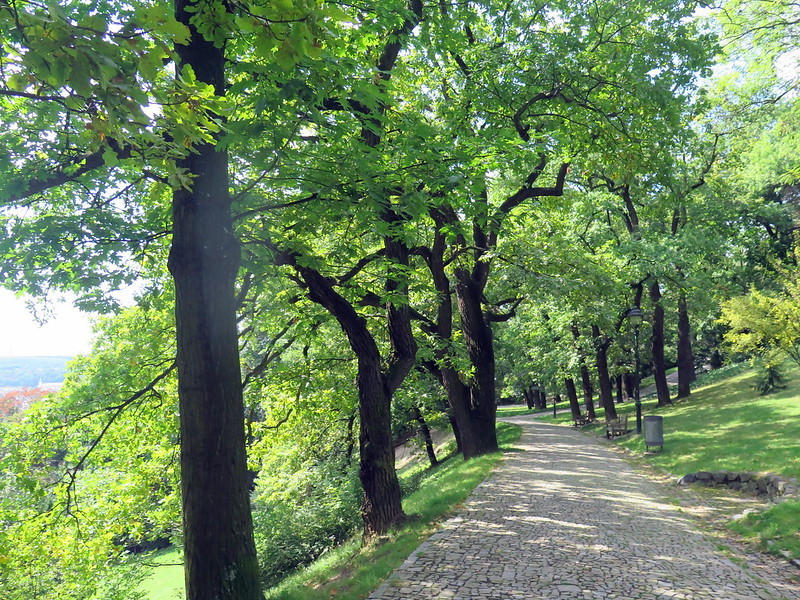
Petr meets us and another guest on a warm morning at the park, a large gray hunting dog tugging him along. “This is Nela,” Petr tells us as he kneels down to let her off the leash. Nela immediately bolts off and runs circles in the fields, “She has a lot of energy, which is good for hunting truffles,” Petr laughs as he calls her back in Czech. Nela bounds back to him, and he begins the lesson.
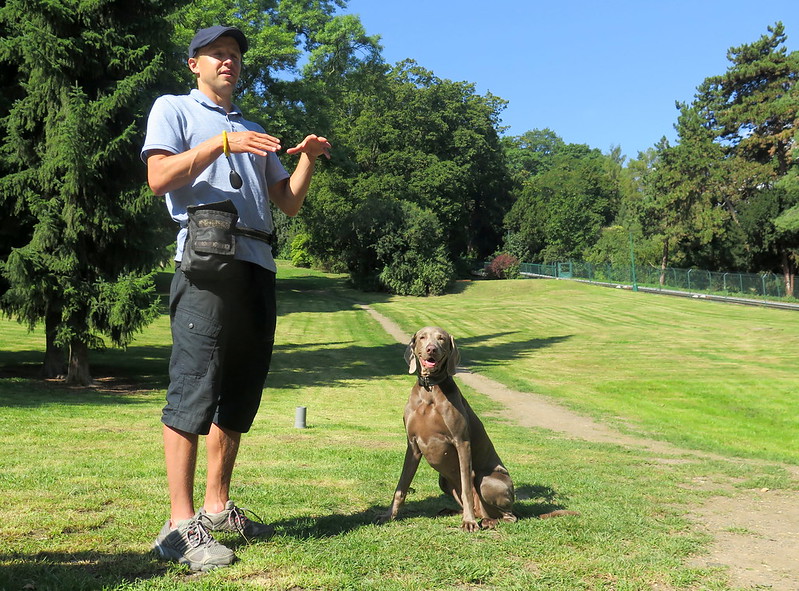
First, Petr describes the three ways people hunt for truffles: alone, with pigs, and with dogs. “Some people are able to detect small clouds of flies right near the truffles and know where to dig, but you miss most of the best specimens if you rely on this, so most people have pigs or train dogs,” Petr says. Historically, pigs were used because they were naturally attracted to the truffle scent, but they also love to eat truffles and hunters risk losing the truffle (and a few fingers) in the battle to get it back. “You see many old truffle hunters with four, three fingers, or parts of fingers missing, because they have to put their hand in the mouth of the pig to try and get a truffle.”
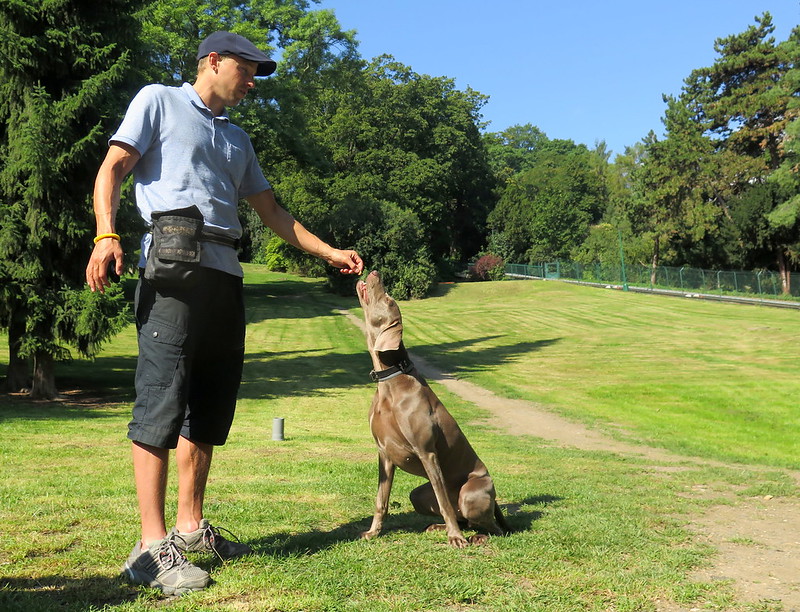
Nowadays, most truffle hunters train dogs to find the prize. Petr describes how the Italians traditionally rub truffle oil on the nipples of breastfeeding dogs to train them, though doing so means that the dog will later show the same risk of trying to eat the truffle. And Nela? “She’s trained in the Czech way, because we have a history of training dogs here during the Communist era,” Peter winks. He says another command in Czech and Nela bounds up. She knows it is time for training and treat-getting to begin.

Petr walks us through Nela’s training, from the simple conditioning of associating a click noise with treats to finding a location that a truffle-oil soaked towel is hidden. Along the way, he points out the main pitfalls in training truffle-hunting dogs. First is the dog’s gender – you want a female dog, because sometimes a male dog will chase the scent of a female dog instead of a truffle, and you won’t know it for miles. Second is always training the dog with the same tools or in the same location, because she learns to associate treats with a location and not necessarily the truffle scent. And third is using only one source of truffle scent – the oil is cheaper to use in training than real truffles, but it doesn’t exactly replicate the scent of a true truffle. While Petr explains this, he trains Nela, hiding the oil-soaked towel in different places and rewarding her with treats as she finds it.
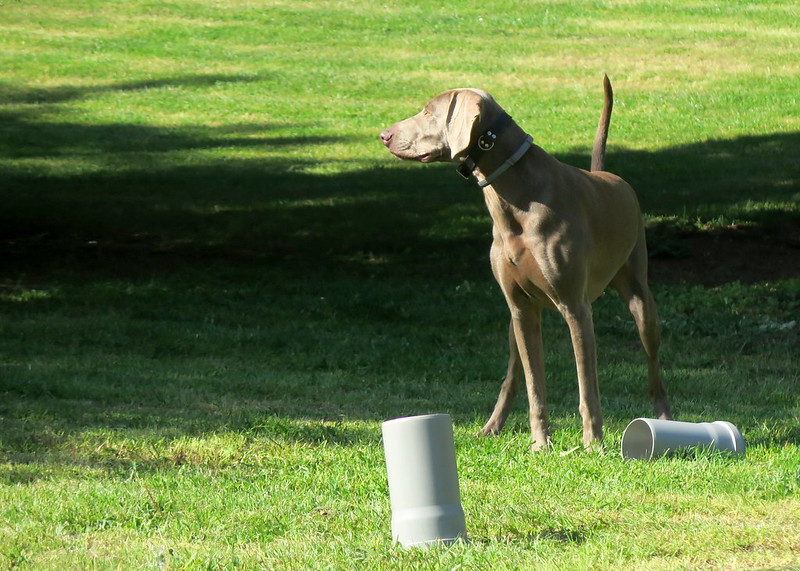
After training practice, our group walks further into the park where the trees shade us and the ground foliage is denser. Petr pulls a napkin-lined box out of his bag and opens it to reveal the real deal. They look like a black bark-covered nugget, but the scent gives it away as a truffle. “This is a black truffle. I only hunt black, summer, and some winter truffles,” he explains, “because white truffles are the most expensive and people are very territorial of their hunting grounds and will shoot rivals’ dogs.” Petr passes a truffle out to each of us and instructs us to hide it. We dash off while he distracts Nela with games.
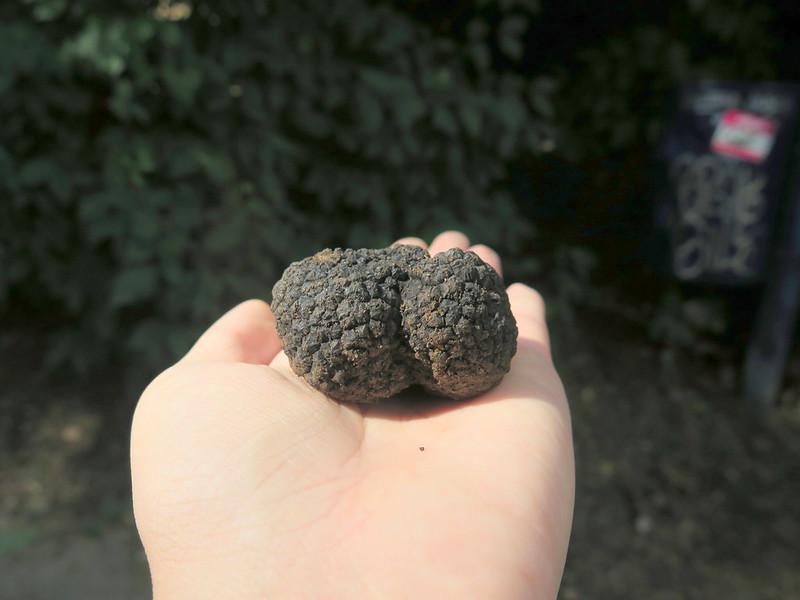
The three of us choose different locations, all about 100 feet away from each other. One of us hides a truffle in the roots of a tree; another hides it among the rocky outcrops off the trail. One of us puts it in a small hole under a rock. We return to Petr, who says a magic word and Nela is off, hunting for the scent of truffles. It’s easy for her to smell them in the warm morning air, and she finds all three in only a few minutes.
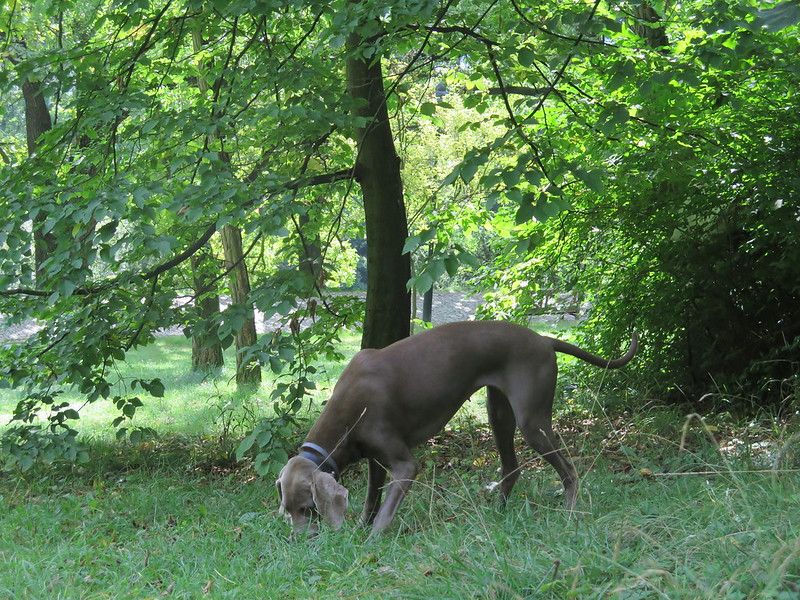
After the lesson, the four of us return to Prague for a visit to a restaurant that buys Petr’s truffles. He arranges lunch as a part of the lesson, and the three of us get heaping plates of fresh pasta, chicken, and shaved truffle. He also gives us each a parting gift – half of a truffle each to take home and use. “Put it into the food at the end of cooking so it retains the most flavor, and use it in eggs, with pasta, or in a sauce. Enjoy!”
Want to have your own truffle hunting lesson in Prague? You can book it here.
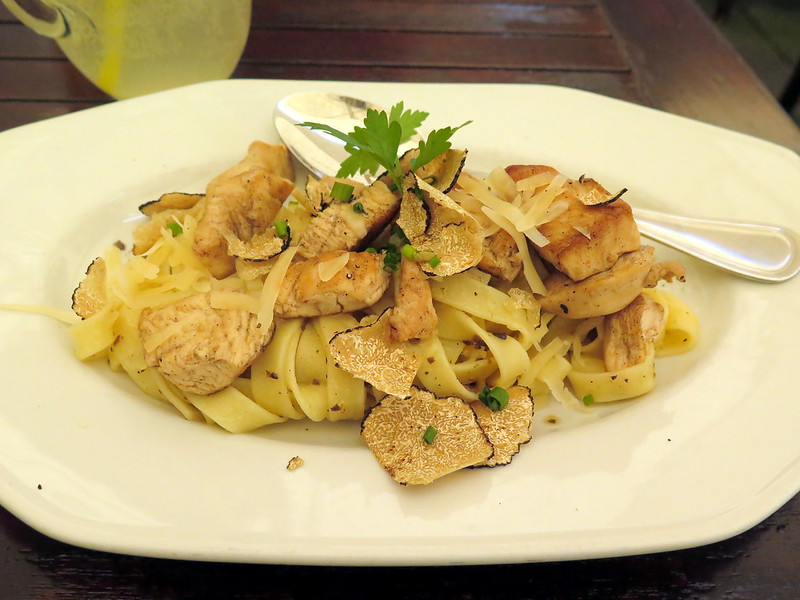
*okay, so this is only partly ick factor – U.S. culture also largely lacks the mushroom-identifying experience that many European cultures have built over thousands of years.

